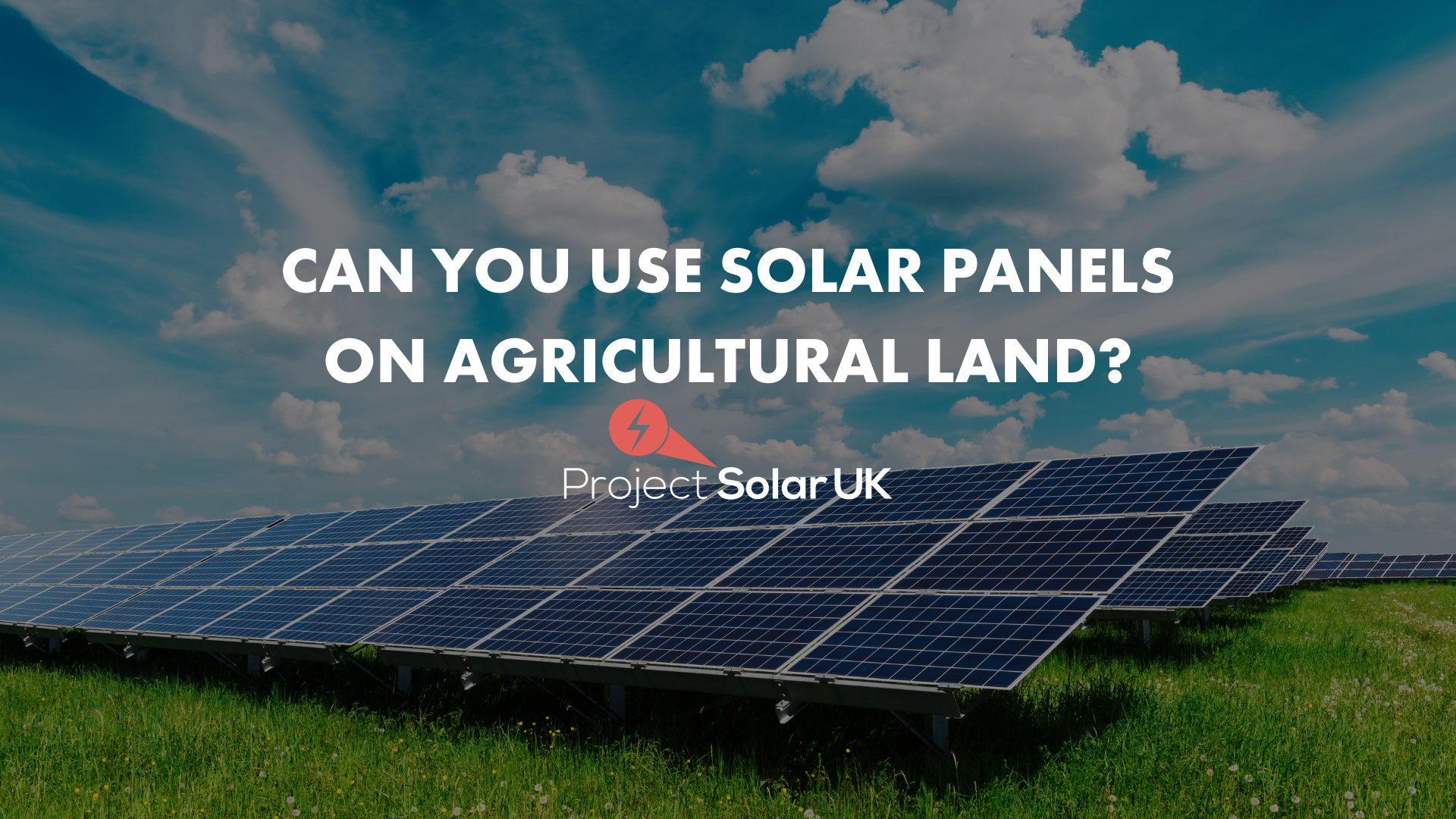As environmental concerns continue to dominate global discussions, the United Kingdom finds itself at the forefront of exploring sustainable solutions, particularly when it comes to renewable energy. One innovative approach gaining traction is the utilization of agricultural land for solar farms. While the concept seems promising, it naturally raises questions about feasibility and potential impacts on both the environment and farmers. Let’s explore this topic further. At first glance, the idea of integrating solar panels into agricultural landscapes might seem counterintuitive. After all, farmland is traditionally associated with crops and livestock, not energy production. However, a closer examination reveals that the two aren’t necessarily mutually exclusive. In fact, pairing solar farms with agriculture could offer a win-win scenario for both the planet and farmers alike. To understand how this works, let’s break down what a solar farm entails. Essentially, it’s a collection of solar panels strategically placed on agricultural land to maximize sunlight exposure and generate electricity. Unlike traditional solar installations, these farms can coexist harmoniously with farming activities, thanks to innovative approaches like agrivoltaics. This method allows crops to grow beneath elevated panels, creating an ecosystem where energy and agriculture thrive together. But is this setup truly viable? Can solar farms on agricultural land actually enhance productivity rather than hinder it? Let’s dig deeper. Farmland has long been synonymous with agriculture, yet its potential for renewable energy production remains largely untapped. Solar farms on agricultural land represent a leap forward in utilizing underutilized spaces. These installations don’t merely replace crops or pastures—they complement them by optimizing resource usage. One of the most compelling aspects of solar farms is their ability to adapt to existing landscapes. For instance, sheep grazing alongside solar panels has proven successful, as the animals graze freely without disrupting the panels or the ecosystem. Similarly, crops planted beneath elevated panels benefit from increased moisture retention and shaded conditions, fostering healthier growth cycles. This symbiotic relationship extends beyond practical benefits. By embracing agrivoltaics, farmers can reduce their reliance on fossil fuels and contribute to global sustainability goals. Moreover, solar farms provide an opportunity to diversify revenue streams through energy generation, offering financial stability during uncertain times. The advantages of solar farms on agricultural land span multiple dimensions, benefiting both individual farmers and society as a whole. Here are some key highlights: These benefits extend beyond immediate financial gains. Studies show that integrating solar panels into agricultural settings can lead to improved soil health, enhanced crop yields, and even better animal welfare. For example, shaded areas created by solar panels allow livestock to stay cool during hot spells, promoting overall well-being. Despite its promise, some critics argue that solar farms could encroach on valuable farmland. However, careful planning minimizes such risks. For instance, developers prioritize sites with low agricultural productivity or those designated for non-crop uses. Additionally, regulations ensure that solar installations remain temporary fixtures, allowing landowners to reclaim the area after decommissioning. Another concern revolves around visual impact. To address this, architects design solar farms to blend seamlessly into rural environments, incorporating natural elements like hedgerows and wildflowers to maintain aesthetic harmony. In conclusion, placing solar panels on agricultural land represents a forward-thinking strategy for addressing climate change while supporting rural economies. With proper execution, it offers a pathway toward sustainable development that benefits everyone involved. Are you curious about transforming your agricultural land into a green energy hub? Reach out to us at Project Solar—we’re here to guide you every step of the way! Smog Air Pump,Smog Pump,Air Pump For Car,Smog Air Pumps Suzhou Barjon Auto Parts Co.,Ltd , https://www.cn-barjon.com
The Compatibility of Solar Panels and Agriculture
Advantages of Solar Farms on Agricultural Land
Potential Risks and Mitigation Strategies